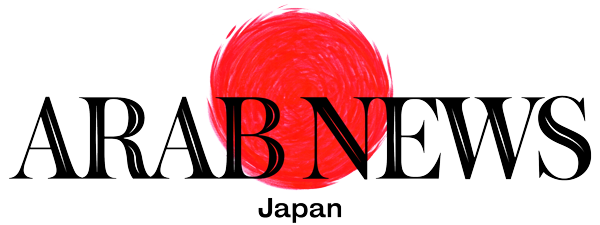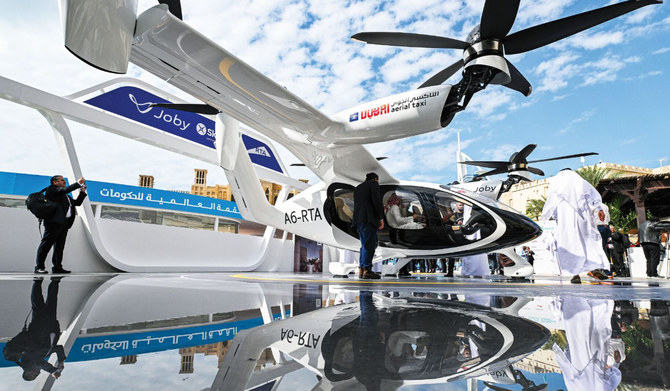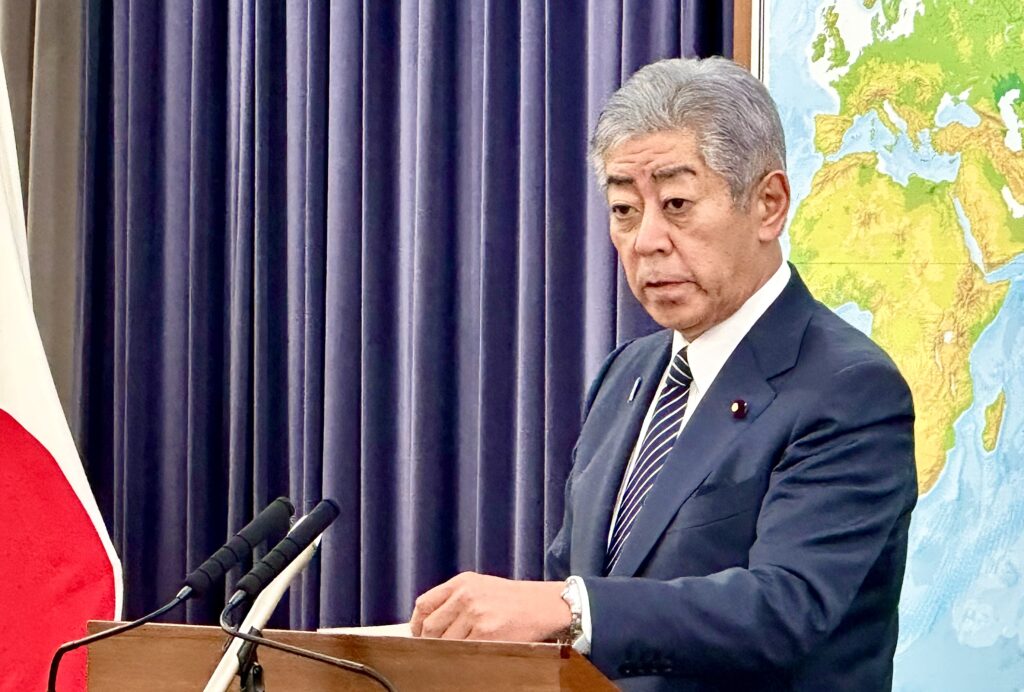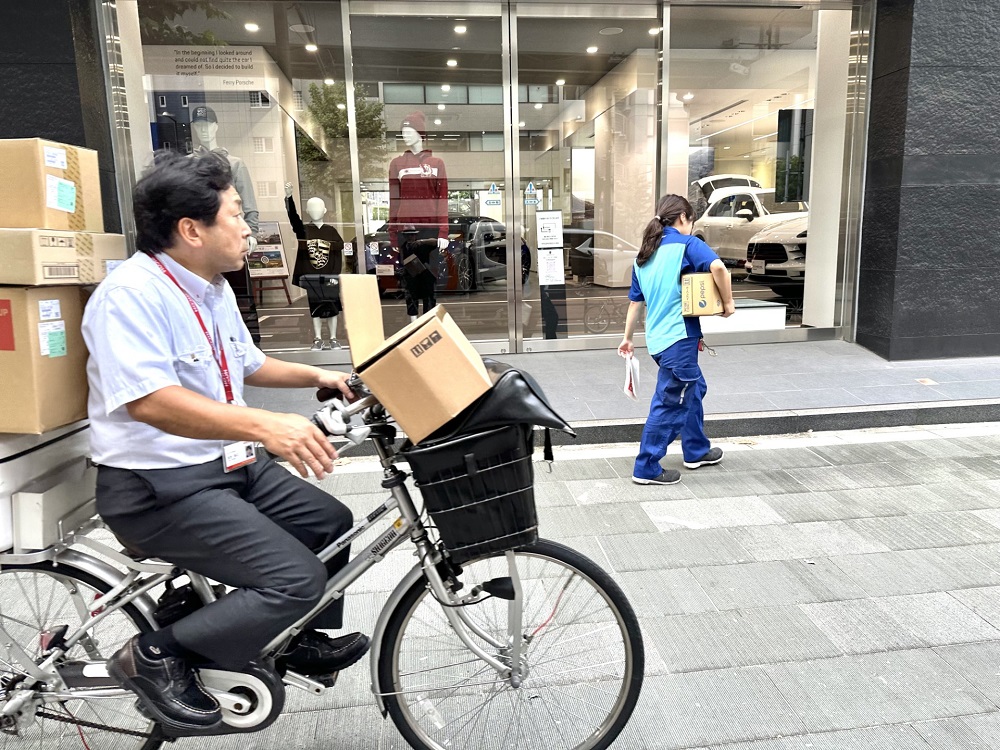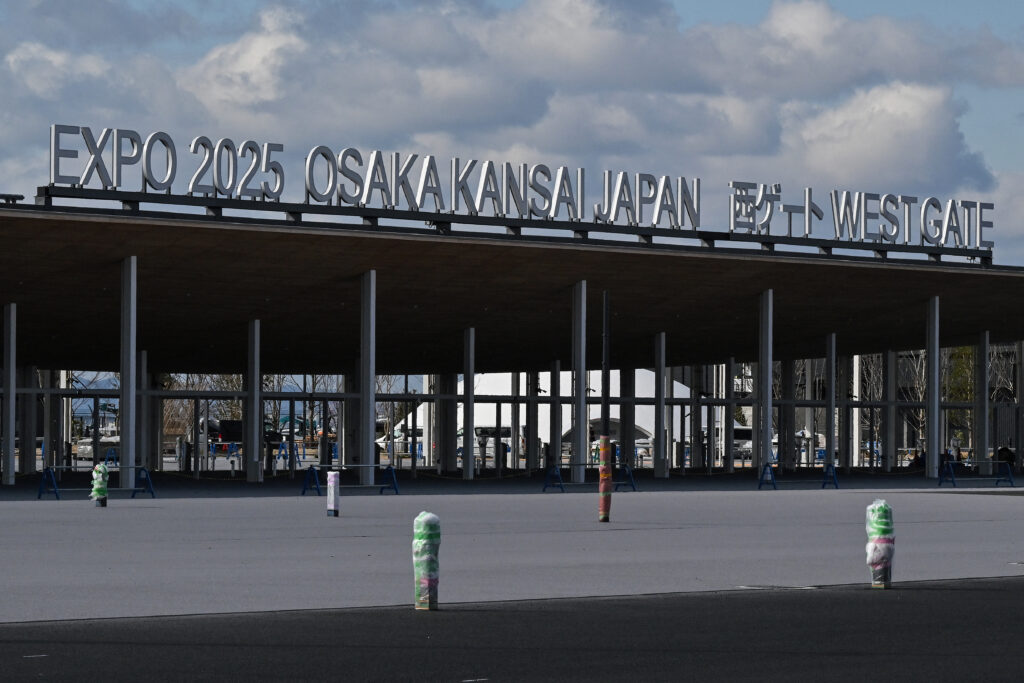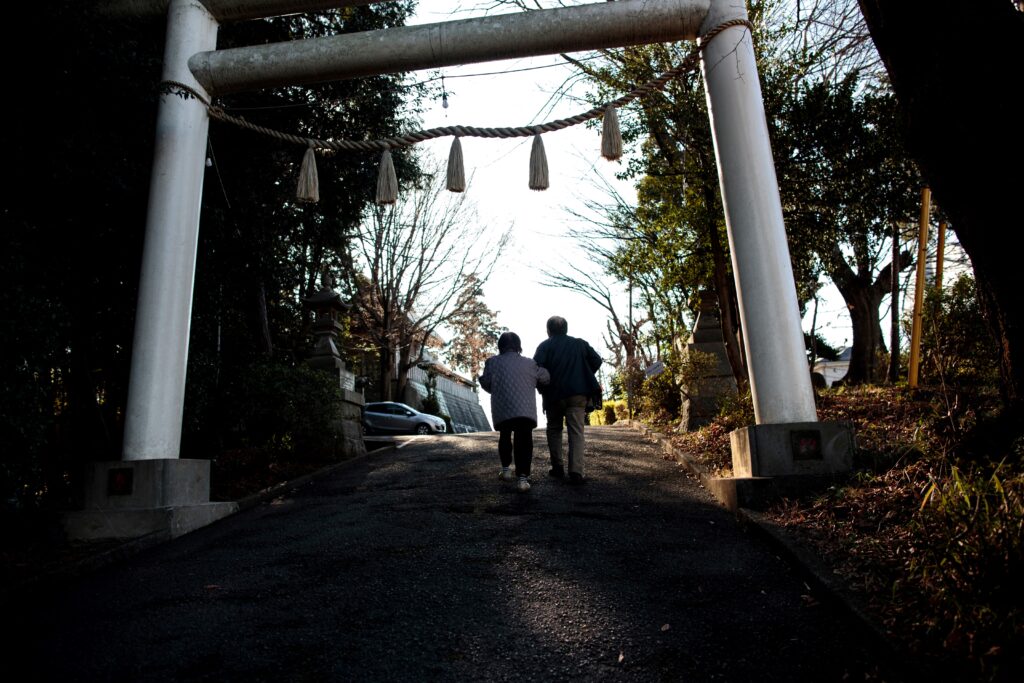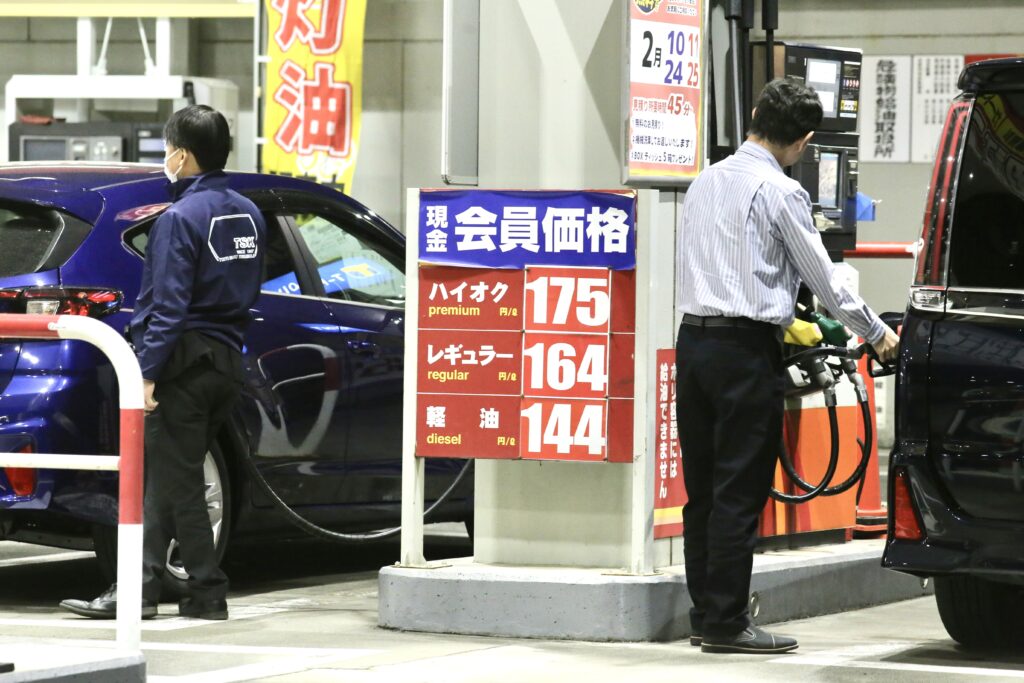The initial plan was to have flying taxis above the city that operated without pilots, but the model on display clearly has a seat at the front with all the controls necessary to fly.
Speaking to Arab News, Oliver Walker-Jones of Joby Aviation said establishing the regulation to fly by this new method of transport posed difficulties. “It doesn’t exist or is not quite mature enough yet.

“But the technology to allow autonomy is coming. We are working on it. We’re developing it. And it won’t be immediate, but it is definitely coming,” he added.
The electric air taxi has four passenger seats and a pilot seat. It takes off and lands vertically, and has a maximum speed of 320 kph.
Though the aircraft is not fully autonomous, Walker-Jones said the taxi included a lot of automated technology already.
“The pilot is sitting there with two controls. But there’s a lot of computing that happens within the aircraft to move those propellers, to tell them to turn them,” he said.
“It’s a little bit like a helicopter, but then it translates into a plane, now has a wing on it as well.”
Walker-Jones acknowledged it would take time to get people to feel comfortable enough to ride this new form of technology, and that is where regulations come in.
The flying taxi is regulated by the General Civil Aviation Authority in Dubai and, according to Walker-Jones, air travel is the safest form of transportation.
He noted that the aircraft is designed to be as safe as possible. “It has six different propellers. So, let’s say one of them stop working for five more. Same with the battery case. There are four battery packs. Each of the motors is redundant. So, there are two motors powering each of these.”
The pilot seat, in fact, would help ensure the safety of the aircraft and help people gradually adjust to the new mode of transport before it becomes fully autonomous, said Walker-Jones.


